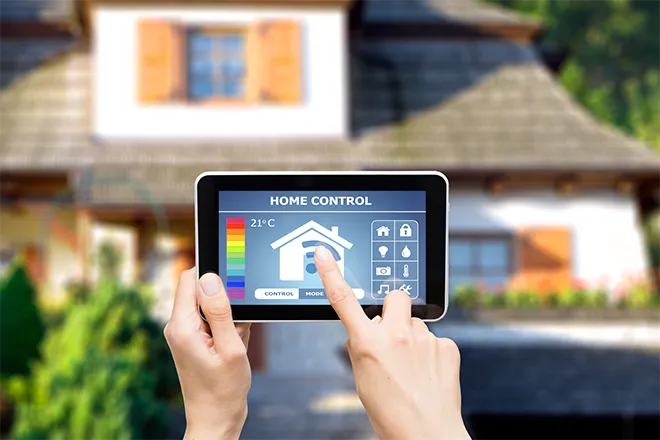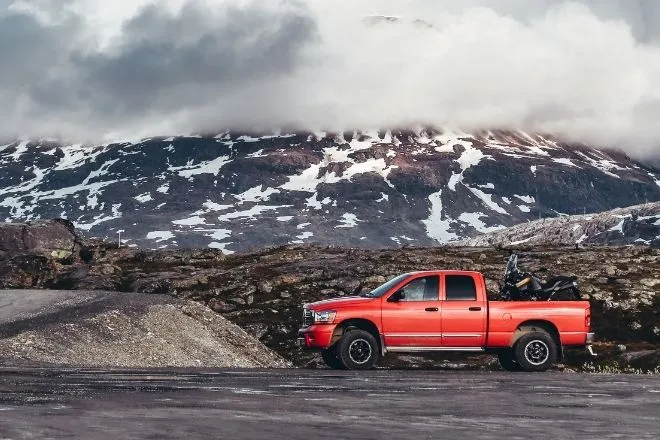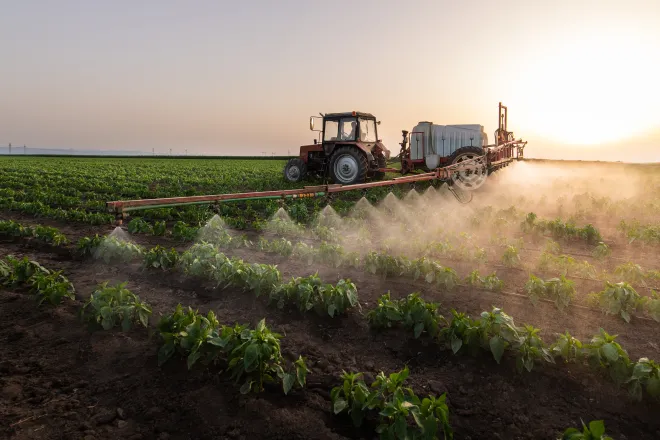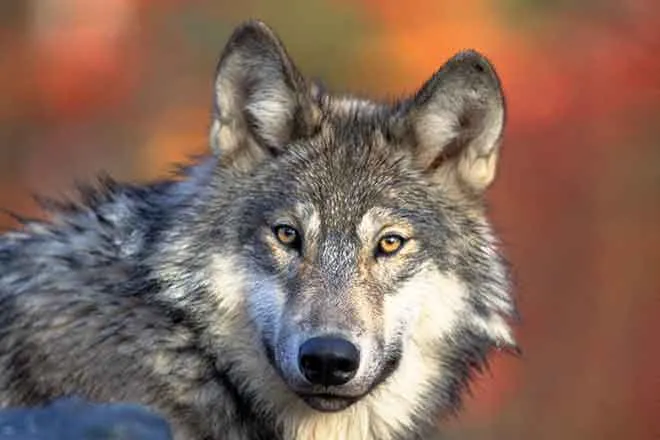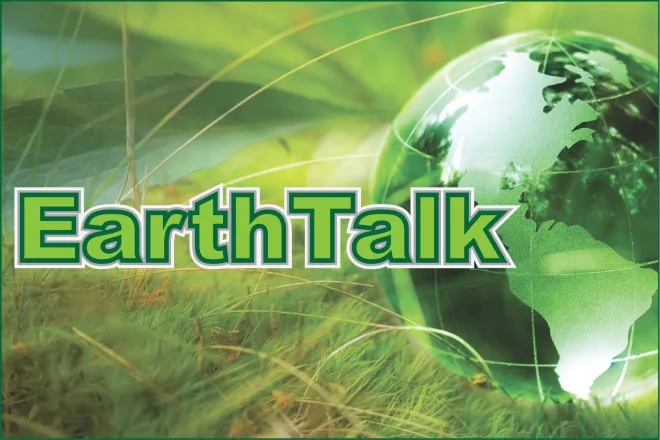
EarthTalk - How are we growing food in labs to lessen the agricultural impact on the planet?
©
Dear EarthTalk:
How are we growing food in labs to lessen the agricultural impact on the planet?
Bill Jehsen, via email
The U.S. has nearly two million farms, with over half of its land used for agriculture. Climate change affects agricultural productivity, sometimes enhancing or reducing yields, while air pollution from ground-level ozone weakens plant growth and increases disease susceptibility. Also, rising populations and demand for food, feed, fiber and fuel have intensified competition for land, a phenomenon known as the global land squeeze. The New World Resources Institute projects that by 2050, agricultural expansion will need land nearly twice the size of India; demand for wood will require an area the size of the U.S.
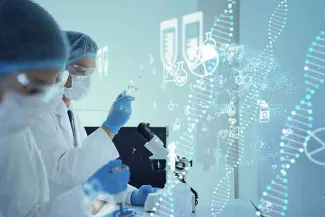
© iStock - metamorworks
Agriculture is the largest driver of land-use change, causing significant carbon loss and biodiversity loss. It has cleared 70 percent of grasslands, 50 percent of savannas, 45 percent of deciduous forests, 27 percent of tropical forests, and 50 percent of wetlands worldwide. Scientists argue that halting ecosystem conversion and degradation is crucial for meeting climate and biodiversity goals, as projected agricultural expansion could use up to 40 percent of the remaining carbon budget needed to limit warming.
One industry particularly affected by this issue is coffee. Brazil, a major coffee producer, may lose 50 percent of arable land by 2050. A potential solution comes from Atomo Coffee, a company that has developed a ‘beanless brew’ using superfoods and ingredients like date seeds, lemon, sunflower seeds and caffeine from decaffeinated green tea. Andy Kleistch, the CEO, says they “started this company to actually make a difference in the world,” and this movement is spreading to larger coffee chains. Atomo has attracted nearly $52 million in investment, and in 2023 New York’s Gumption Coffee introduced it to the market. The company aims to scale up production to 40 million pounds annually.
Meat is another major threat. Pet food accounts for 20 percent of global meat consumption. Lab-grown pet food has recently become available in Europe, with UK consumers now able to but cultivated chicken-based pet food from London startup Meatly, made by culturing animal cells in bioreactors with water and nutrients, offering a more sustainable alternative with 50-60 percent less land use, 30-40 percent less water use, and 40 percent lower carbon emissions. Meatly also aims to bring cultivated meat to human consumers--though it will still produce emissions. Similar innovation is happening in the dairy industry. Boston-based Brown Foods has developed UnReal Milk, the first lab-grown whole cow’s milk made without cows. Independent testing confirms it contains all essential dairy proteins, fats and carbohydrates.
Lab-grown food options could become mainstream, but consumer acceptance is crucial.
CONTACTS
- How to Manage the Global Land Squeeze? Produce, Protect, Reduce, Restore, https://www.wri.org/insights/manage-global-land-squeeze-produce-protect-reduce-restore.
EarthTalk® is produced by Roddy Scheer & Doug Moss for the 501(c)3 nonprofit EarthTalk. See more athttps://emagazine.com. To donate, visit https://earthtalk.org. Send questions to: question@earthtalk.org.




